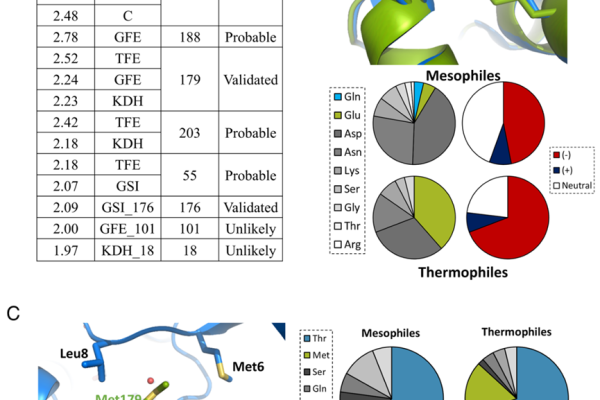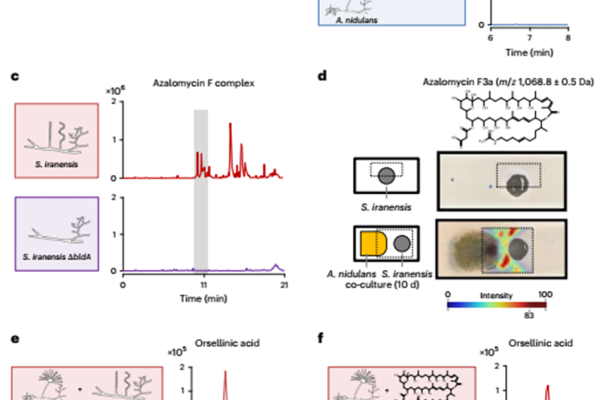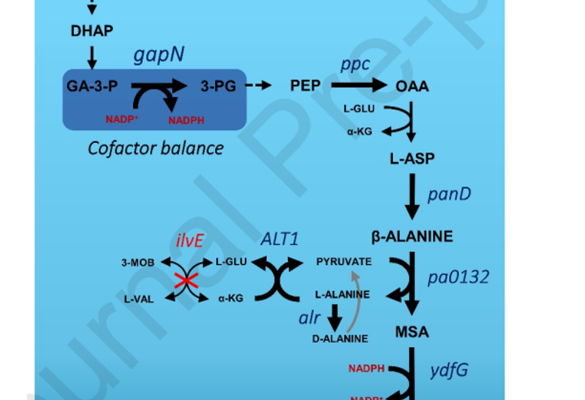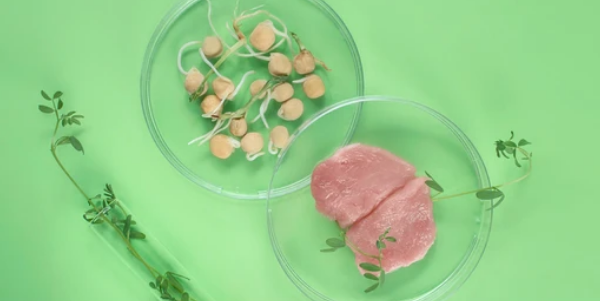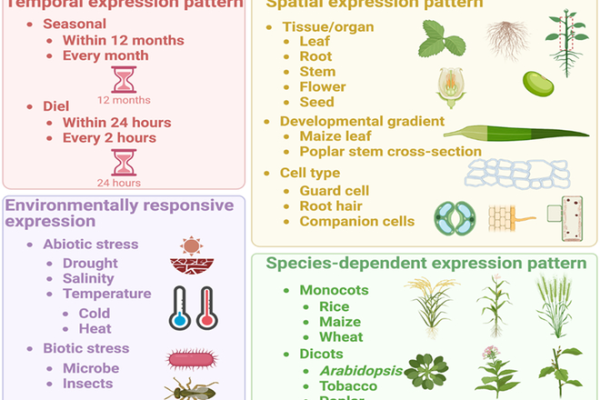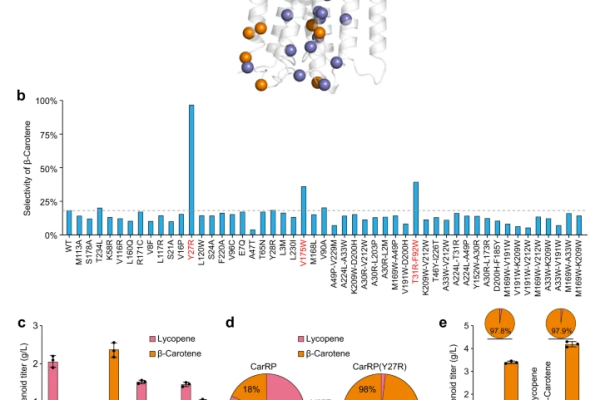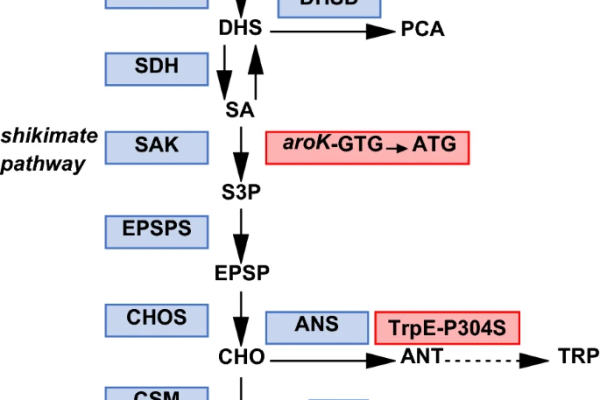
How CRISPR can assist in the treatment of Alzheimer’s disease
Recently, Tosin Thompson published a news article on Nature titled “How CRISPR gene editing could help treat Alzheimer’s”. Alzheimer’s disease is the most common form of dementia, affecting over 55 million people worldwide. It is expected that this number will nearly double by 2050. Most research on Alzheimer’s disease is driven by the amyloid protein…








